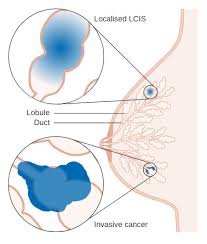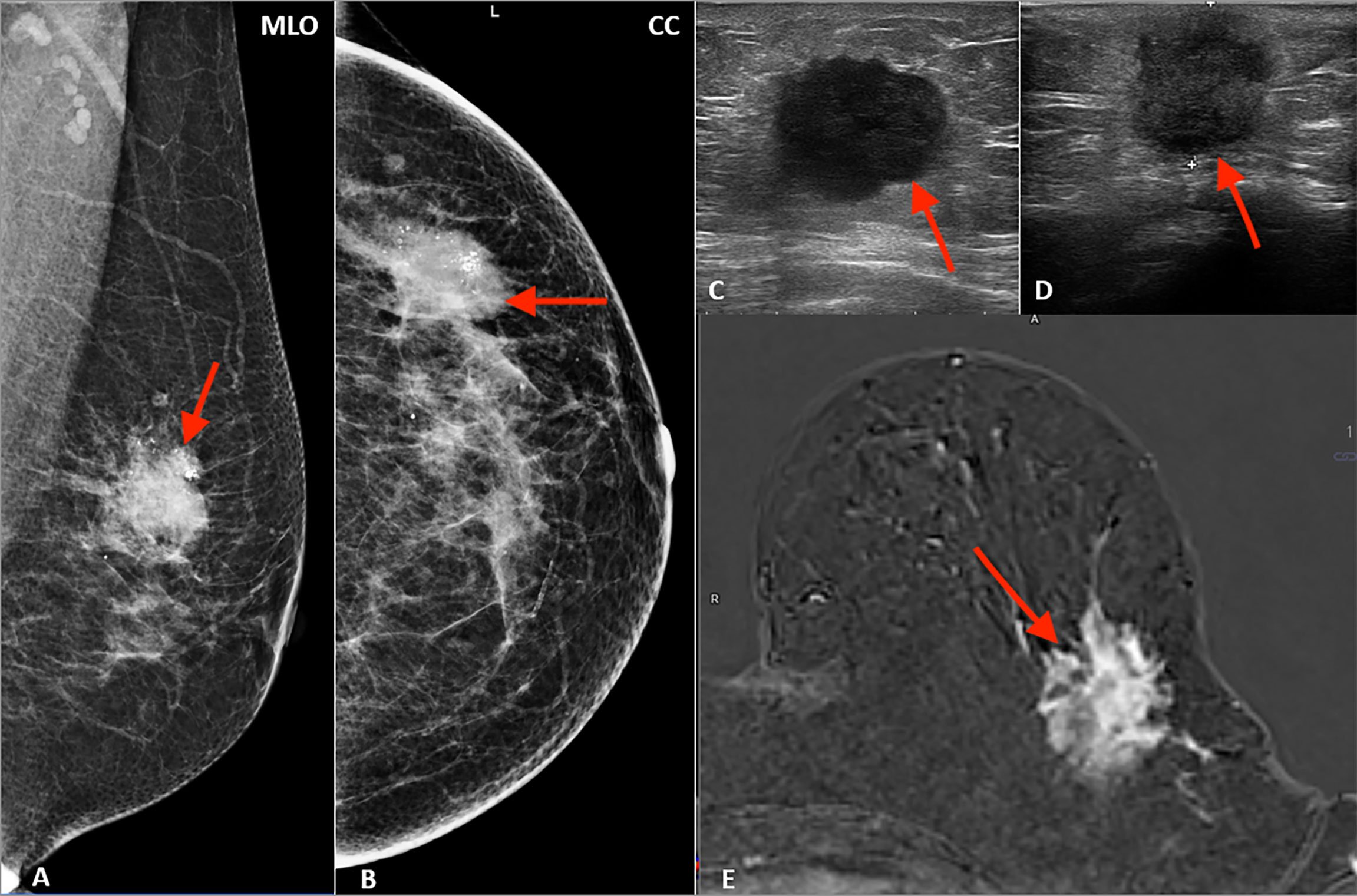Lobular Breast Cancer
Please read.
Lobular Breast Cancer. Check your breasts.
This week we met with an incredible brace lady Susan who is stage 4 Lobular Breast Cancer.
This cancer can go undetected when having a mammogram. Susan had a mammogram which came back clear, but she had a small spot at the side of her breast, so returned to her GP when this spot changed, unfortunately for Susan it was too late. A second mammogram 6 months later also came back clear but she insisted they check this spot, which confirmed her worst fears.
Lobular Breast Cancer (Invasive Lobular Carcinoma)
Lobular breast cancer (also called invasive lobular carcinoma) is breast cancer that starts in the milk-producing gland, or lobules, of your breast and has spread into surrounding breast tissue. It can be cured if caught early. Left untreated, lobular breast cancer spreads to nearby lymph nodes, and then to other areas of your body.
What is lobular breast cancer?
Lobular breast cancer (also called invasive lobular carcinoma, or ILC) is breast cancer that starts in the milk-producing gland, or lobules, of your breast and has spread into surrounding breast tissue. It accounts for about 10% to 15% of all breast cancers and is the second most common type of breast cancer. Left untreated, lobular breast cancer spreads to nearby lymph nodes, and then to other areas of your body.
What’s the difference between invasive lobular breast cancer and invasive ductal carcinoma?
Invasive lobular breast cancer tends to grow in a single-file pattern of cells. Invasive ductal carcinoma typically forms a mass or lump.
Who’s affected by lobular breast cancer?
Women and people assigned female at birth (AFAB) who are age 55 and older are most likely to develop invasive lobular carcinoma.
What are lobular breast carcinoma symptoms?
Unlike other breast cancer types, lobular breast cancer doesn’t form lumps in your breast tissue or under your arm. Instead, it may cause the following symptoms:
Hard or thickened area inside of your breast or underarm.
Your nipple is inverted
Dimpling, dent or puckering skin on a part of your breast.
Changes in breast size or shape.
A feeling of warmth or redness.
Nipple discharge
An area of swelling or fullness in your breast.
A lump near your armpit.
Talk to a healthcare provider any time you notice a change in your breasts.
What causes lobular breast cancer?
Experts know that ILC occurs when cells in your breast develop mutations in their DNA. But they aren’t exactly sure what causes those mutations to occur. There are factors that could increase your risk for invasive lobular carcinoma, including:
Age. Most people who are diagnosed with invasive lobular carcinoma are over the age of 55.
Sex. Women and people AFAB are more likely to develop ILC.
Hormone therapy. Women and people AFAB who use hormone therapy after menopause may have an increased risk of invasive lobular carcinoma.
Genetic factors. Certain inherited genes could play a role in whether or not you get breast cancer. A rare condition called hereditary diffuse gastric cancer syndrome can increase your risk for both invasive lobular carcinoma and stomach cancer.
How does invasive lobular carcinoma spread?
The term “invasive” means the cancer started in the lobules or ducts of your breast, but spread to surrounding breast tissue. Eventually, the cancer can also spread to lymph nodes, organs and other areas throughout your body.
How do healthcare providers diagnose lobular breast cancer?
Healthcare providers may do the following tests to diagnose this condition:
Mammogram. This test is a low-dose X-ray that detects abnormalities in your breast tissue.
Ultrasound. This imaging test uses sound waves to capture pictures of your breast tissue. Ultrasound may be used as a standalone test or in combination with mammography.
Magnetic resonance imaging (MRI). Your healthcare provider may request an MRI, which uses radio waves and magnets to take detailed pictures inside of your body.
Biopsy. In order to confirm the cancer is present, your healthcare provider may take a small sample of breast tissue and send it to a pathology lab for analysis.
What are the stages of invasive lobular carcinoma?
Healthcare providers use cancer staging systems to plan treatment. Invasive lobular carcinoma is divided into four stages. Staging is based on several factors, including the size of the tumor, where it’s located and how far it has spread:
Stage 1: The tumor is up to 2 centimeters (cm) across and may have spread to nearby lymph nodes.
Stage 2: At this stage, the tumor may be about 2 cm across and the cancer has spread to nearby lymph nodes. Or the tumor has grown up to 5 cm across and the cancer hasn’t spread to nearby lymph nodes.
Stage 3: The cancer may have spread to lymph nodes, but hasn’t spread to distant sites like other organs in your body. In some cases, the cancer may have spread into your chest wall.
Stage 4: The cancer may or may not have spread to nearby lymph nodes. The cancer has spread to distant lymph nodes or organs, which may include your liver, lungs, bone or brain. Stage 4 is also referred to as metastatic breast cancer.
When should I see my healthcare provider?
You should schedule a consultation with your healthcare provider any time you notice sudden or unusual changes in your breasts. Your healthcare provider can perform tests to determine if you have breast cancer.
If you’re already undergoing treatment for ILC, call your healthcare provider if you develop any worrisome symptoms, such as chest pain, confusion, chills, high fever, shortness of breath (dyspnea)bone pain or abdominal pain.





